Meet the Colorful Nocturnal Moths of 'Mariposas Nocturnas' (Photos)
Bright wings, dark name

Ormetica ameoides is in the moth family Erebidae — the name is derived from the type genus Erebus, which means "from the darkness." The group includes some of the largest known moths, and colors range from vivid hues, such as in O. ameoides, to drab camouflage shades in browns and greys, found in litter moths. Moths in this family live on all continents except Antarctica, and this individual was photographed in Ecuador.
Psilacron gordiana
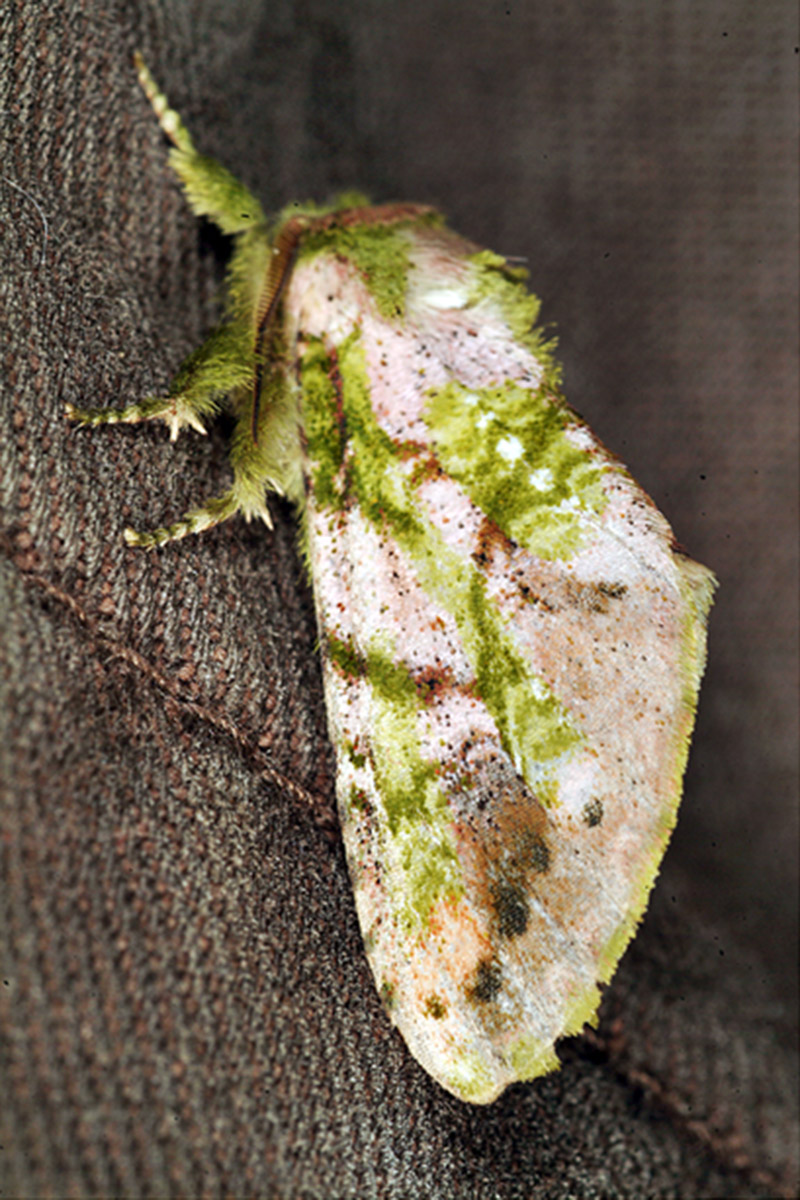
The moth species Psilacron gordiana was described in 1928 by the American entomologist William Schaus. Gowin photographed this specimen in Ecuador in 2008.
Spotty record
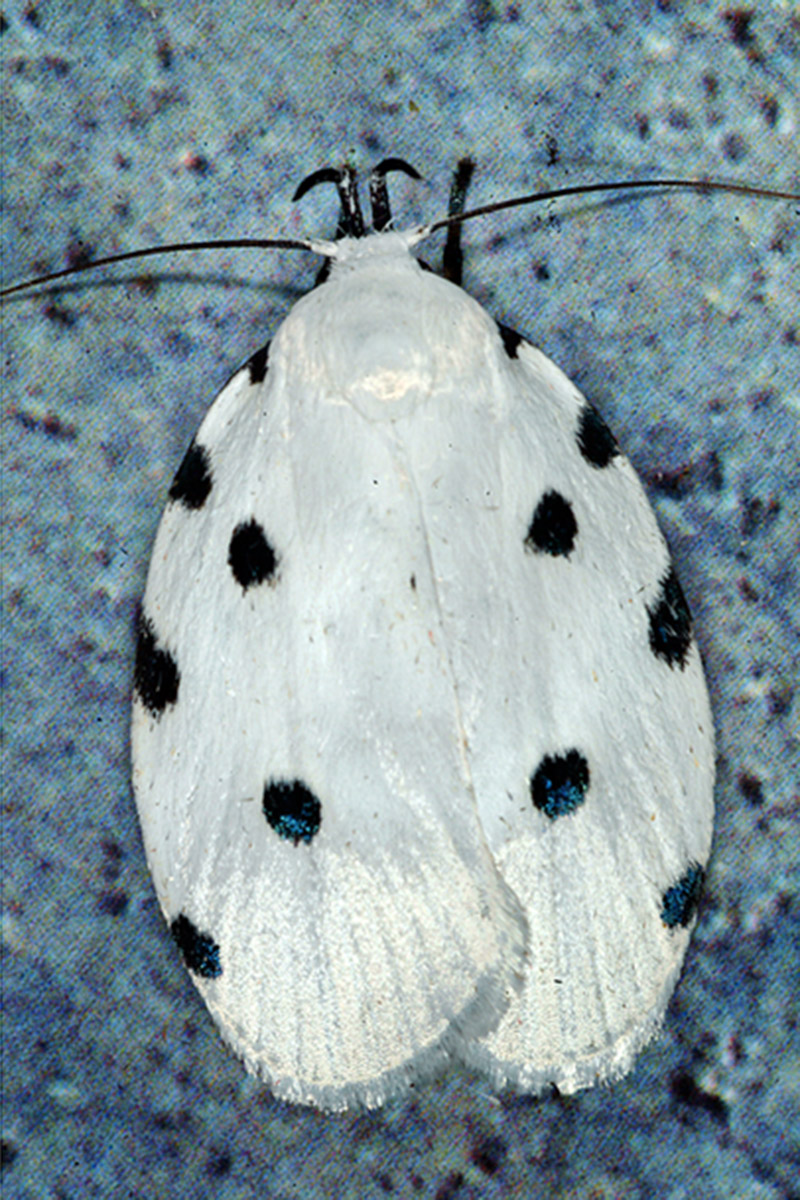
Stenoma sexmaculata, a moth in the Depressariidae family, was described by the French entomologist Paul Dognin in 1904. There are about 2,300 species in this moth family, distributed around the world. This specimen was found and photographed in the Darién National Park in Panama.
"Plume moth"
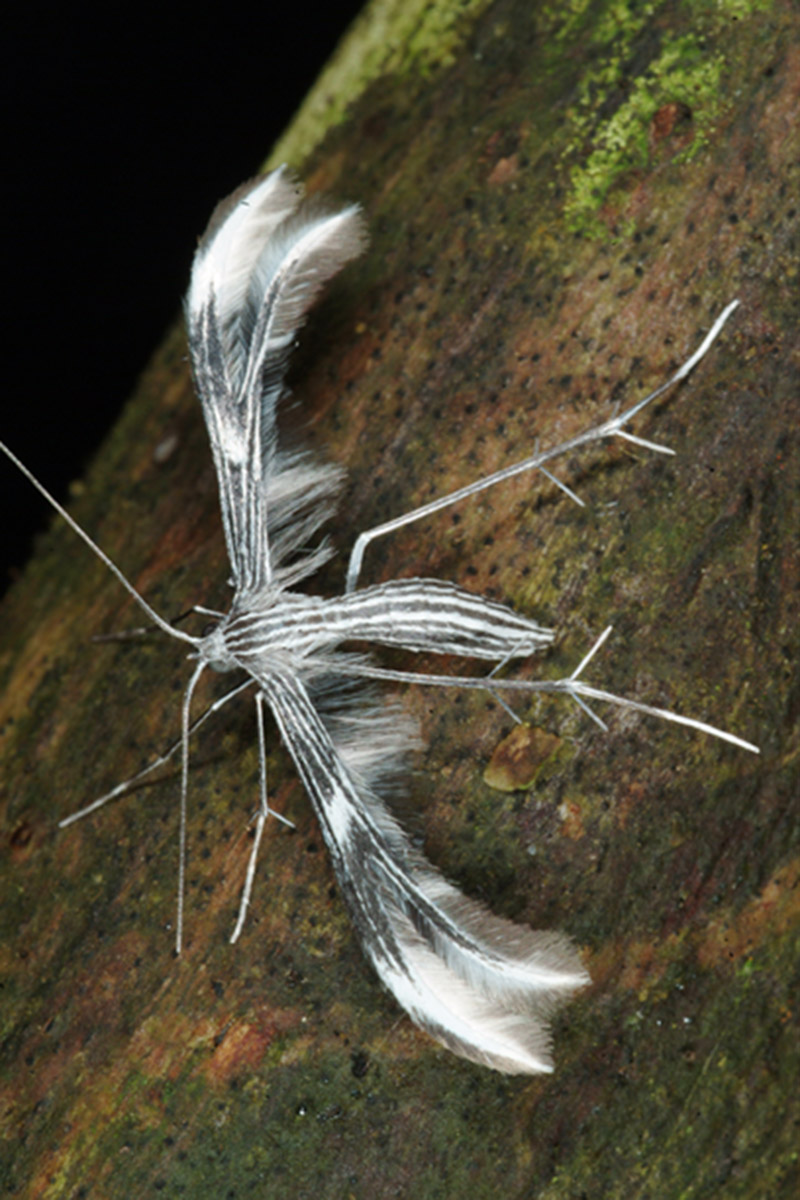
This unknown species in the genus Pterophoridae was spotted and photographed in Ecuador in 2008. Moths in this genus are known as "plume moths" for the unusual shape of their wings, which resemble a feather's filaments.
Silkworm relative
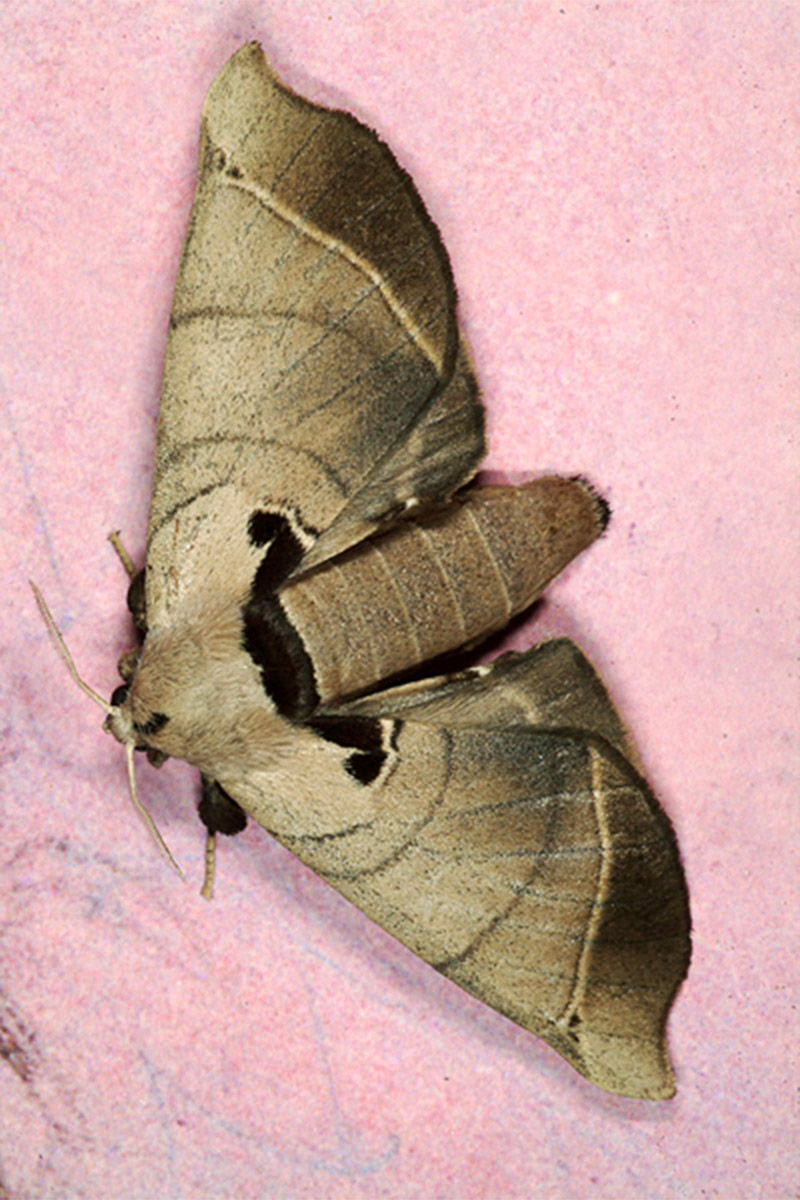
Gowin photographed this moth, the species Apatelodes lapitha, in Potrerillos del Guenda, a private reserve to the west of Santa Cruz de la Sierra in Bolivia. A. lapitha belongs to the moth family Bombycidae, which encompasses about 150 species, including Bombyx mori, the well-known domesticated species from China that is commonly known as the silkworm.
Abandoned and overgrown

Barely visible through the trees are the remains of a steam boiler power plant and one of several locomotives that were abandoned on the former site of the Cana Mine in Daríen Province in Panama, where Gowin observed and shot many of his moth subjects.
Vine sphinx
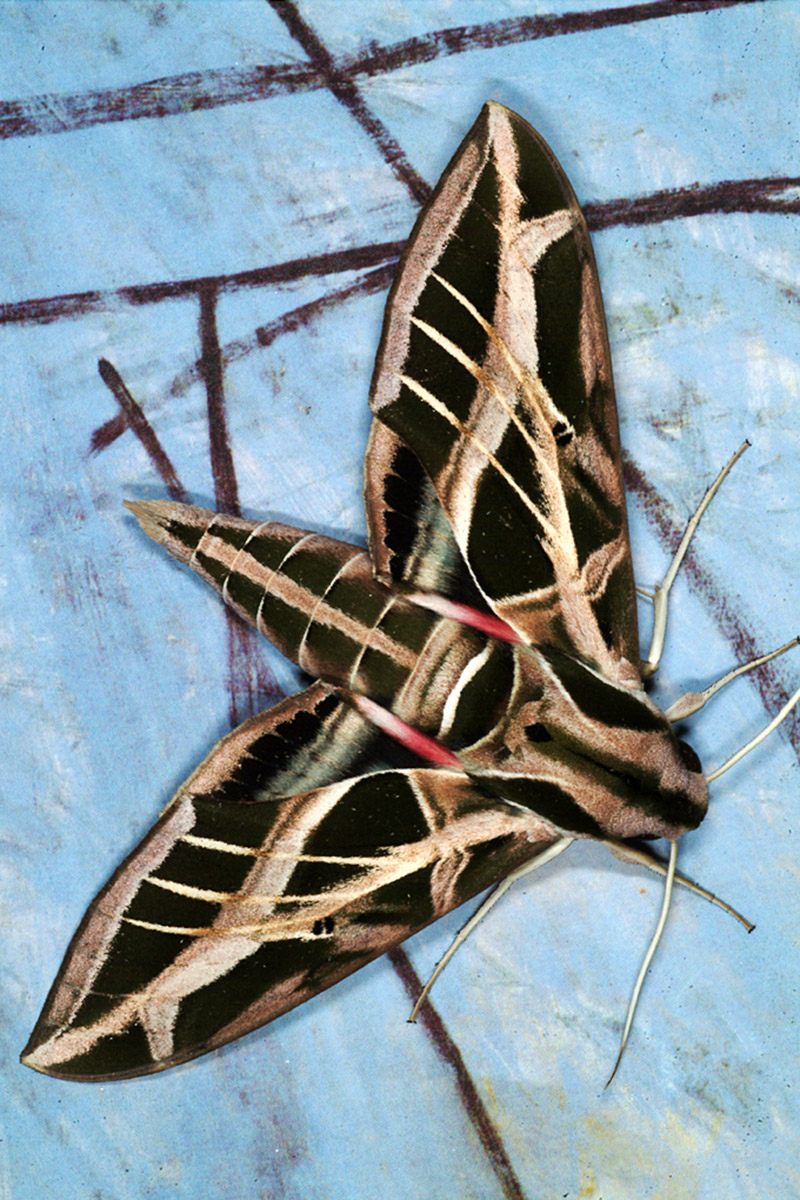
The Eumorpha vitis moth, also known as the vine sphinx, has a wingspan that can measure up to 4 inches (105 millimeters) in length. This individual was photographed in 2010 in Poterillos del Guendà, a private reserve near Santa Cruz, Bolivia.
Get the world’s most fascinating discoveries delivered straight to your inbox.
Neorcarnegia basirei
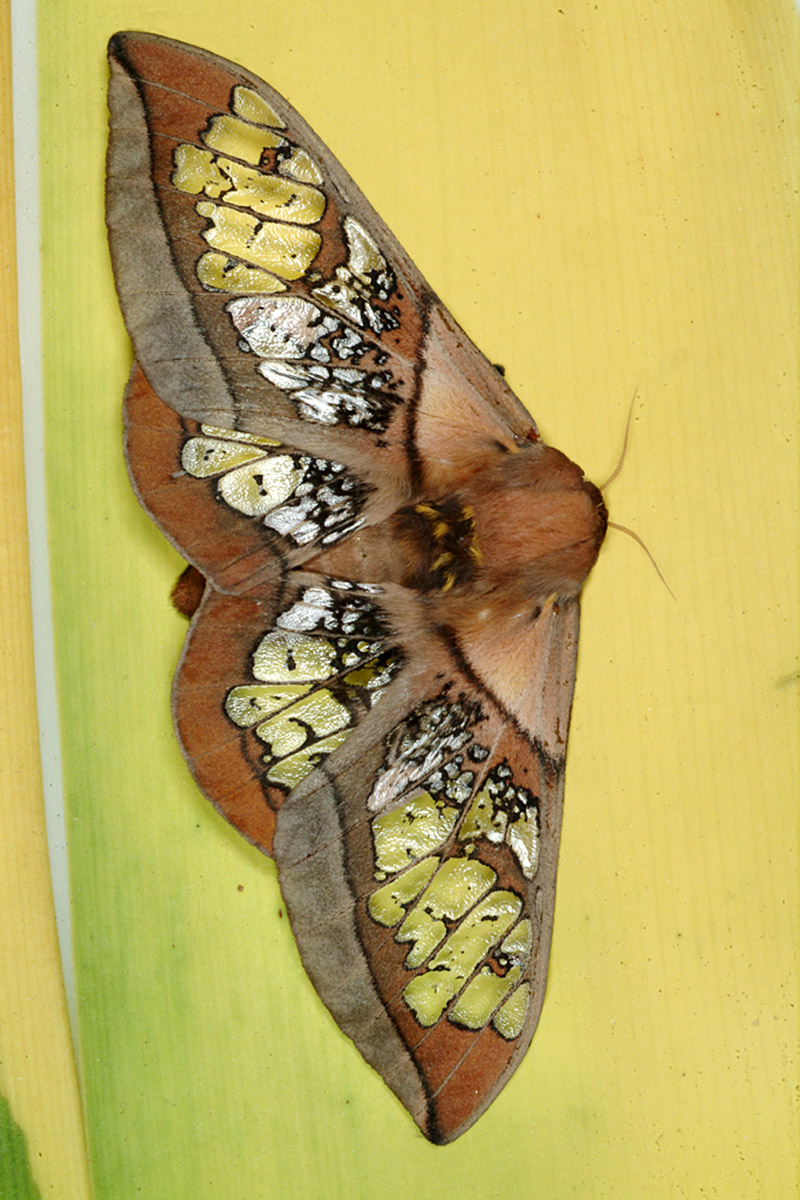
Part of the Saturniidae moth family — which includes the largest known species of moths — Neorcarnegia basirei was described by the American entomologist William Schaus in 1892.
Distinctive wing shape
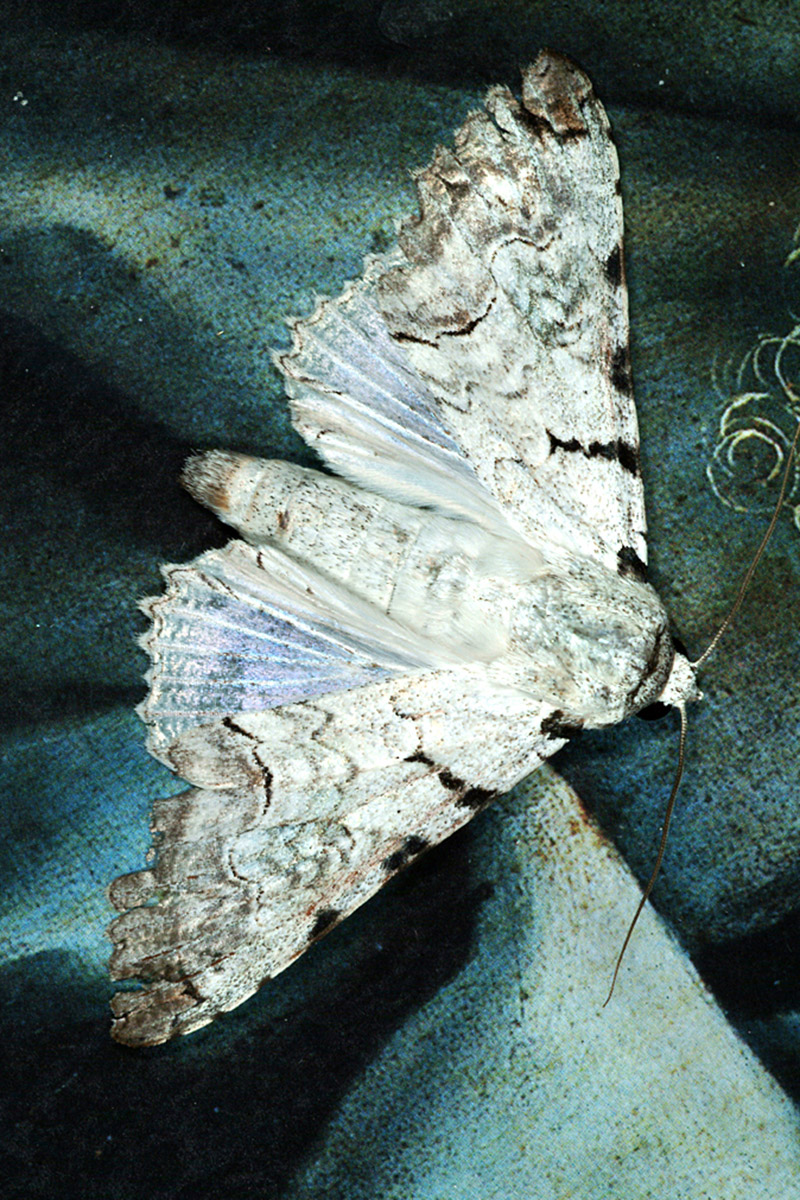
Orodesma apicina is a species of moth in the Erebidae family, found in Cuba, Central America and Florida. In moths belonging to this family, the forewings and hindwings are typically each divided into four parts.
Pretty in pink
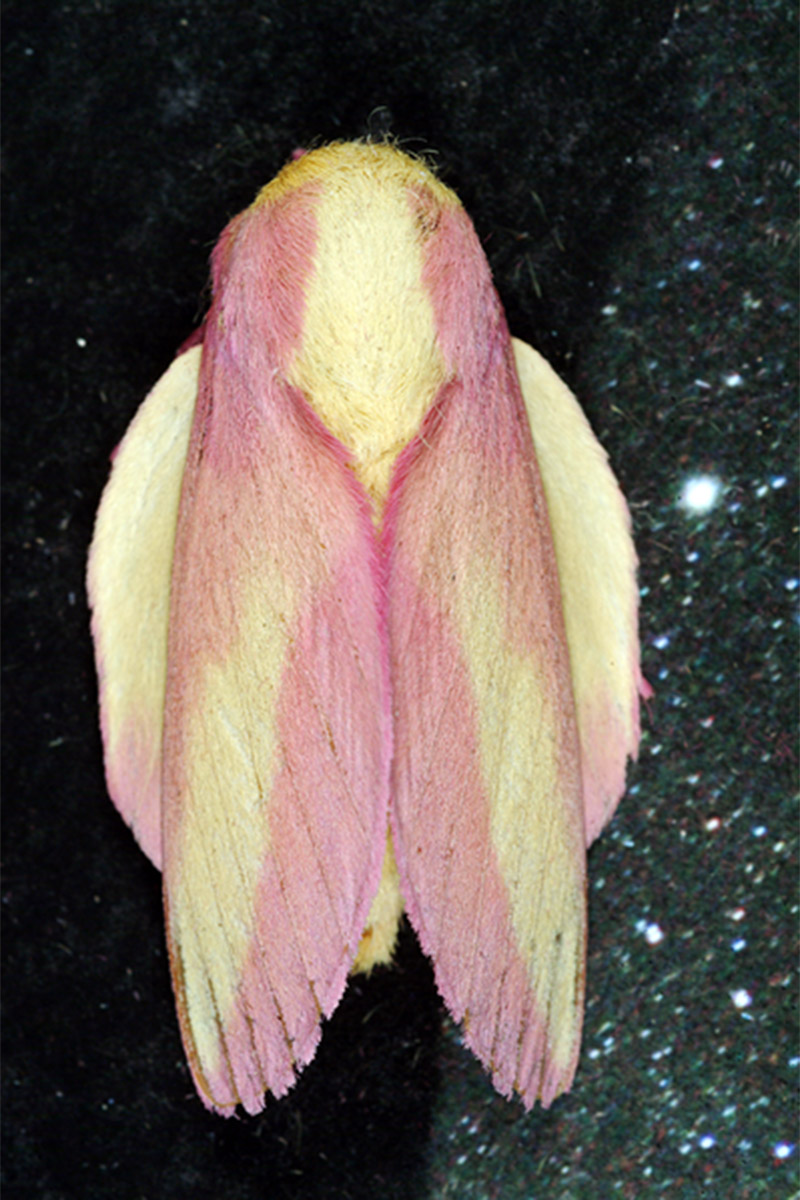
The distinctive pink and yellow moth Psilopygida walkeri is in the subfamily Ceratocampinae. Moths in this group have large bodies relative to their wing size. Rather than forming cocoons, their larvae pupate in a chamber they create underground.

Mindy Weisberger is a science journalist and author of "Rise of the Zombie Bugs: The Surprising Science of Parasitic Mind-Control" (Hopkins Press). She formerly edited for Scholastic and was a channel editor and senior writer for Live Science. She has reported on general science, covering climate change, paleontology, biology and space. Mindy studied film at Columbia University; prior to LS, she produced, wrote and directed media for the American Museum of Natural History in NYC. Her videos about dinosaurs, astrophysics, biodiversity and evolution appear in museums and science centers worldwide, earning awards such as the CINE Golden Eagle and the Communicator Award of Excellence. Her writing has also appeared in Scientific American, The Washington Post, How It Works Magazine and CNN.


